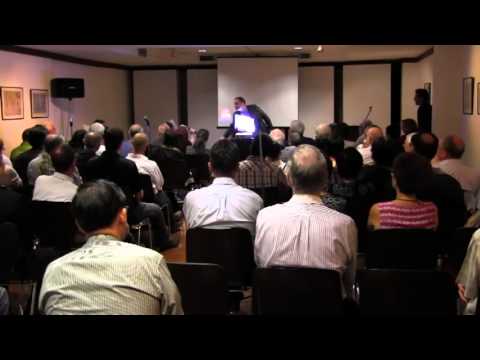Inexplicable ancient ruins around the world have stood the test of time for academics and laypeople to ponder and study. Many of the methods used to create these ancient stone cities, temples, and monuments remain rather mysterious.
The Archive’s "Unexplained Structures" Series endeavors to acquaint viewers with these locations and present some alternative explanations for their existence.
The ancient Buddhist city-state of Angkor Wat is a miniature replica of the world-system in stone and represents an earthly model of the cosmic world. This is true for all Buddhist stupas and pagodas, which are mandalas in the shape of the 10,000-fold world systems that spread out in all directions, all of them inhabited by other beings.
The ancient Buddhist city-state of Angkor Wat is a miniature replica of the world-system in stone and represents an earthly model of the cosmic world. This is true for all Buddhist stupas and pagodas, which are mandalas in the shape of the 10,000-fold world systems that spread out in all directions, all of them inhabited by other beings.
- The Buddha taught that there are many world systems
- (Wiki) Angkor Wat (Khmer អង្គរវត្ត) was a Hindu then a Buddhist temple complex. It is the largest religious monument in the world. The temple was built by the Khmer King Suryavarman II in the early 12th century in Yaśodharapura (យសោធរបុរៈ, present-day Angkor, Cambodia), the capital of the Khmer Empire, as his state temple and eventual mausoleum. Breaking from the Shaivite tradition of previous kings, Angkor Wat was instead dedicated to Vishnu, whom Hindus relate to the Buddha. As the best-preserved temple at the site, it is the only one to have remained a significant religious center since its foundation. It is the country's prime tourist attraction.
- The modern name Angkor Wat means "Temple City" or "City of Temples" in Khmer: Angkor means "city" or "capital city," is a vernacular form of the word nokor (នគរ), which comes from the Sanskrit word nagara (नगर), like the Buddhist-Pali vihara (monastery/nunnery, temple complex).[3] Wat is the Khmer word for "temple grounds" (Sanskrit: वाट vāṭa ""enclosure"). It was formerly known as Preah Pisnulok (Sanskrit Vara Vishnu-loka), after the posthumous title of its founder.
The central tower rises from the center of the monument symbolizing the mythical mountain, Mt. Sumeru (Meru, Sineru), situated at the center of the system.
Its five towers correspond to the peaks of Sumeru. The outer wall corresponds to the mountains at the edge of the world, and the surrounding moat the oceans beyond.
Angkor Wat or Angkor Temple is the largest monument of the Angkor group and the best preserved. It is a world-class architectural masterpiece, but it is not the biggest Buddhist temple complex. That distinction goes to Borobudur, Indonesia and the yet to be excavated Mes Aynak, Afghanistan.
Its perfection in composition, balance, proportions, bas reliefs, and sculptures make it one of the finest monuments in the world. When the lost world was discovered, explorers could not believe the legends were true. Yet, the monuments exceeded they myths surrounding their existence.
HIGHLIGHTS
- 00:35 History and Mythology
- 12:48 3D Reconstruction and Cosmological Alignment
- 18:00 Visual Tour of Angkor Wat and Angkor Thom
- Angkor Wat LiDAR Presentation by Prof. Evans Part 2




















































































































































































































































No comments:
Post a Comment